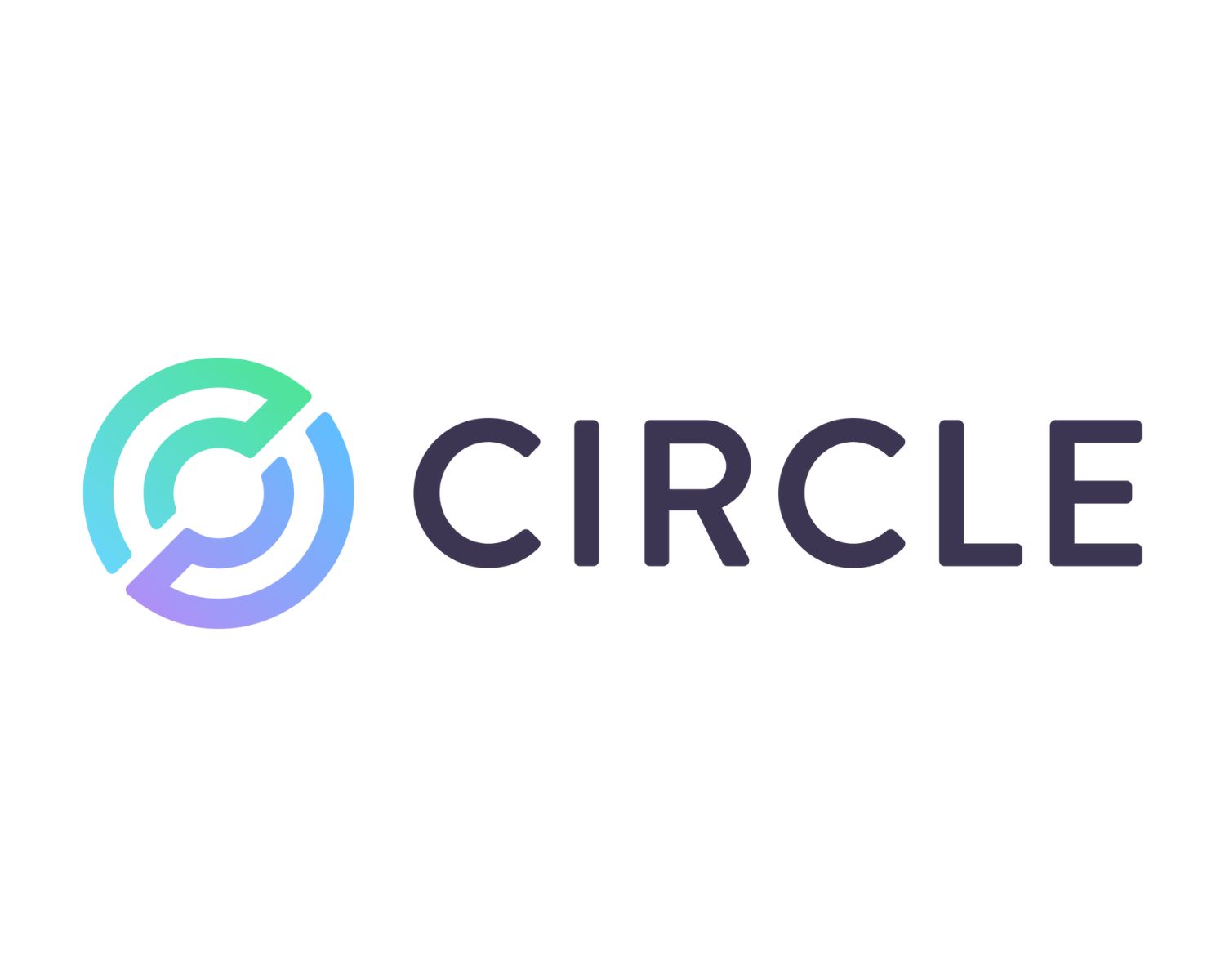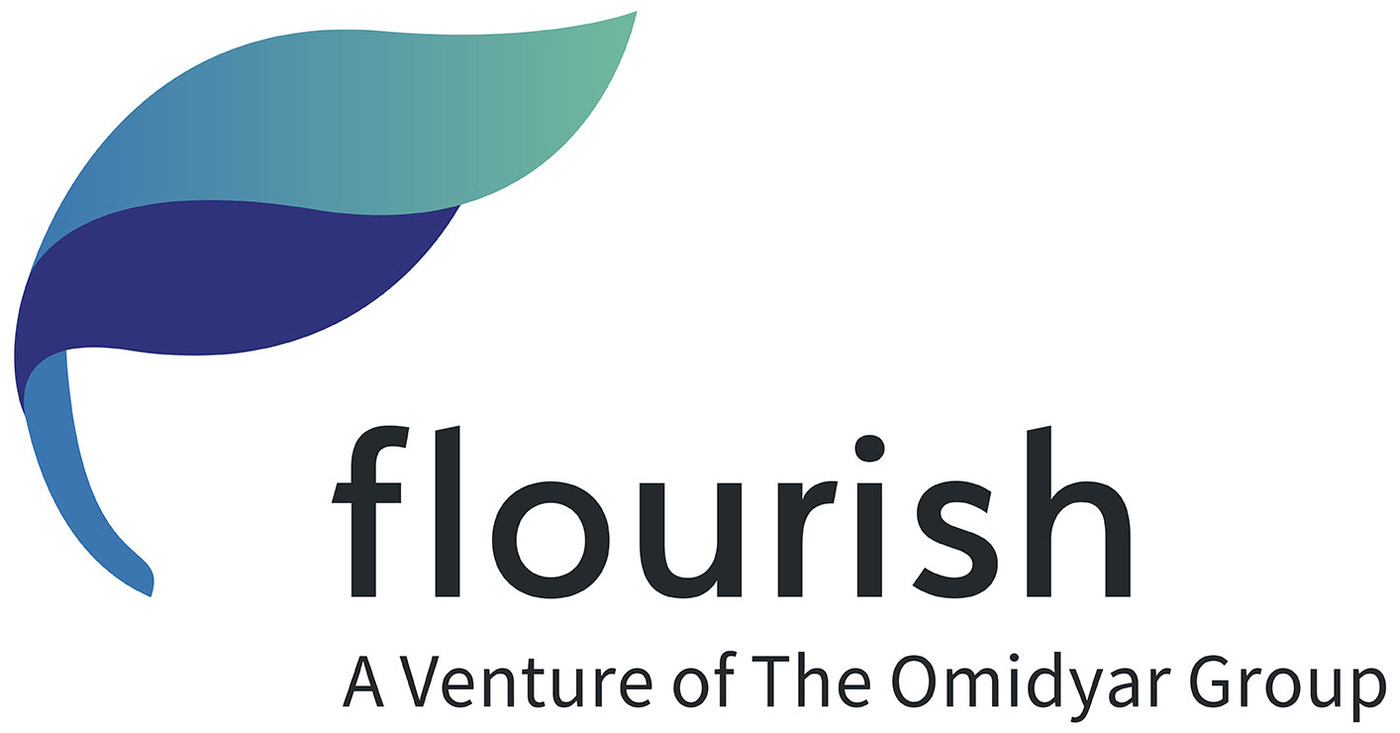The USDC issuer, Circle, is turning its attention towards Asia as it seeks to establish a presence in the region’s flourishing payments ecosystem. Recognizing the potential for stablecoins to strengthen and enhance the evolving landscape of payments in Asia, Circle is actively exploring opportunities to grow its web3 business and support the broader web3 ecosystem in the region.
Key Takeaway
Circle, the issuer of USDC, is expanding its focus on Asia to tap into the region’s growing payments ecosystem. With a strategic presence in Singapore, Circle aims to leverage the benefits of stablecoins to address the challenges faced by Asian businesses in cross-border transactions. By providing faster, more affordable, and secure payment solutions, Circle is poised to unlock new opportunities for merchants navigating the complex Asian market.
Circle’s Strategic Move Towards Asia
Circle has already made significant strides in its Asian expansion, beginning with its entry into Singapore. Last year, the company received in-principle approval to operate its payments business in the city-state. Following this, in June of this year, Circle was granted a full license to provide digital payment and token services both domestically and internationally. As a result, Singapore has become Circle’s hub in Asia, serving as a springboard for the company’s broader expansion plans.
Despite recent caution exhibited by Singapore towards the web3 space following industry scandals in 2022, the country remains one of the most progressive in the region. Many startups, including those founded by Koreans, are choosing to operate out of Singapore due to its favorable regulatory environment for crypto businesses.
The Fit for Digital Dollars in Asia
Yam Ki Chan, Circle’s Vice President for Strategy and Policy, highlights the strong product-market fit for digital dollars, particularly in Asia. Chan, an economist by training, notes that the high trade-to-GDP ratio in Asian economies presents an ideal opportunity for the adoption of stablecoins. Unlike the European Union or the United States, where cross-border trade is relatively easy due to the acceptance of a common currency, Asian businesses face significant challenges when it comes to cross-border transactions. These challenges include varying exchange rates, different tax regimes, and local regulations.
Chan believes that blockchain technology and stablecoins, such as USDC, could provide a solution to these obstacles. By harnessing the benefits of stablecoins, Asian businesses, especially smaller firms, can send and receive payments in a faster, more cost-effective, and secure manner.
Unlocking Opportunities for Merchants
The adoption of stablecoins, particularly for merchants engaged in international business, offers a fresh opportunity. By utilizing stablecoins, merchants can streamline cross-border transactions, eliminating the complexities and costs associated with traditional methods. This is especially beneficial for small businesses that may lack the resources and expertise to navigate the intricacies of international payments.

























